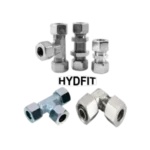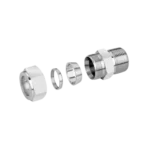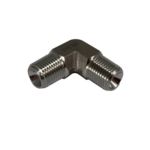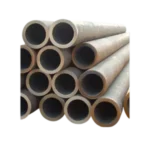Contact : +91-79045 61980 | Email: hydrofitengineers@gmail.com
Reliable Industrial Manufacturer and Supplier of
Hydraulic fittings in chennai and across india
At Hydrofit engineers, we supply hydraulic fittings in Chennai and all across India. We don’t just manufacture fittings, we engineer solutions. Every part of hydraulic fluid fittings product is prepared with detailed attention, tested under high pressure, and designed to perform in demanding environments as well.
Wide Range Of Hydraulic Fittings We Manufacture
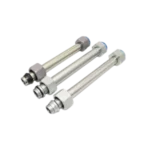
Hydraulic Tube Fittings
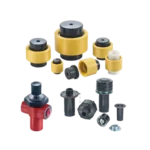
Hydraulic Accessories
Why Choose Us For Hydraulic Fittings?
- Hydrofit Engineers Serving since 1991 in Chennai Industries
- Superior quality hydraulic fittings product range including high pressure fittings, flanges, hose assemblies, and more.
- On-time delivery across all Chennai industrial hub
- We provide customized solution for hydraulic hose fittings in chennai
- Industrial manufacturer and supplier for automotive, shipping, manufacturing and energy sectors
- We deal in all demanding fittings in hand like hydraulic fittings – DIN 2353, stainless steel fittings.
Industrial fittings demand are depending on their application or machinery. Here you can know about the hydraulic fittings types, applications and more.
Industries We Serve in Chennai
Wherever your industry operates in Chennai, our fittings are designed to deliver consistent performance.

Energy & Power Plants

Pharmaceutical & Chemical Plants

automotive & Manufacturing

construction & infrastructure
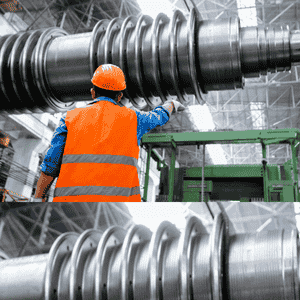
Shipping & Port
Hydrofit Engineers, deals with a vast range of hydraulic, pneumatic products in Chennai including stainless steel pipe fittings, ss double compression fittings, high pressure valve, hydraulic valve, seamless tube, tube clamps for leak proof connector, pumps, brass compression fittings.
Whether you need customized hose assemblies, hydraulic adapters, or seamless tubes, our team ensures every product meets strict quality standards before it reaches your machinery.
As an experienced manufacturer and supplier of hydraulic fittings, we help industries avoid the risks that come with poor-quality components or connectors, such as leakage, unexpected downtime, or even complete system failure. you can know more about industrial hydraulic fittings use in fluid system here.
What our Chennai clients say
Ready to Place order?
Best prices, fast delivery, and premium quality industrial hydraulic fittings suppliers
FAQ - Hydraulic Fitting
How do I know which hydraulic fitting component I need?
It completely depends on your machine and system design. Our team can guide you in choosing the right size and type.
Do you supply high-pressure hydraulic hose fittings?
We provide hydraulic fittings range like, high pressure hose fittings, hydraulic hose pipe fittings, hose assemblies and adapters, quick couplings and other customized fittings for every kind of need or purpose.
Which Industries do you serve in Chennai?
Our hydraulic fittings are used wherever hydraulic power is required:
- Excavators, loaders, and heavy construction equipment
- Oil & gas drilling rigs
- Farm and irrigation machinery
- Manufacturing and assembly plants
- Mining and earth-moving equipment
- Marine applications where durability is critical
Do you provide custom hydraulic assemblies?
Yes, we provide a range of hydraulic assemblies, including custom solutions for hydraulic tube fittings, stainless steel pipe fittings, Ferrule Fittings.
What are the components you delivery for hydraulic system?
These hydraulic elements like pump, hydraulic valves, tubes and hoses together to form a hydraulic system, we need hydraulic fittings- hydraulic tube fittings, hydraulic connectors and adaptors and hydraulic flanges.
Where do we buy gear pumps for industrial purpose?
Yes, we provide Industrial gear pumps that deliver reliable performance, designed to work seamlessly with our hydraulic fittings, hoses, and assemblies for various industries.

